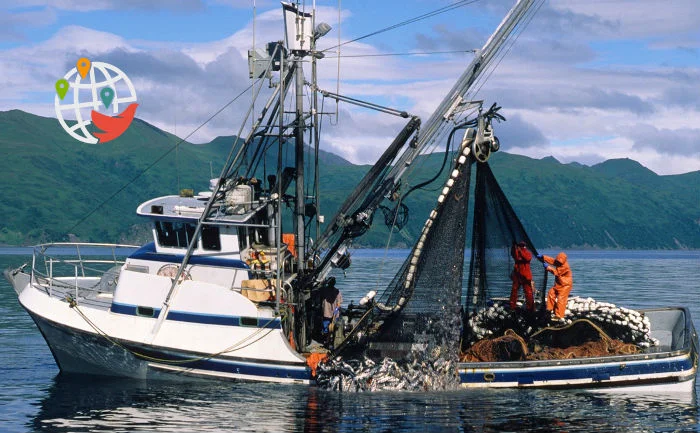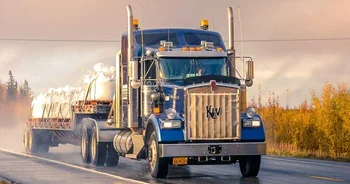Fishermen and fisheries workers in Canada: how much money can be made

Fanatical about fishing and all things marine? Know that your passion can help you move to Canada.
In this article, we'll look at:
- how Canada makes its money on fish;
- how many people work in the fishing industry;
- fish market infrastructure;
- positions and salaries available to immigrants;
- programs for immigration by profession;
- current vacancies in the fishing industry.
The fishing and seafood industry plays a huge role in the Canadian economy. The country is surrounded by three oceans, and there are two million lakes in Canada. There are none like it anywhere else in the world! Fish and seafood processing plant workers are among the top five most in-demand foreign workers. In this article, we'll talk about other professions in the fish processing industry and tell you about salaries and other useful information.
Fish and seafood exports
Most fish products are exported, primarily to the neighboring United States, but also to China, Japan and Europe.
In 2018, Canada exported $6.9 billion worth of fish and seafood to nearly 140 countries. These include salmon, shrimp, crab, scallops, herring, hake and many other types of fish. And you know who brought $2.2 billion into the coffers? Lobster!
How many people work in the fishing industry
About 72,000 people are employed in the fishing industry in Canada for catching, aquaculture (raising fish in plantations) and processing. The fishing industry is developed in almost all provinces except Alberta and Yukon, but most of all in the Atlantic provinces.
Aquaculture in Canada contributes $3.1 billion to the economy. Over the past 20 years, aquaculture production in the country has more than doubled. The industry now employs about 15,000 Canadians and exports 100,000 tonnes of products.
Total number of employees employed in 2017:
- Nova Scotia — 17,669 people;
- Newfoundland and Labrador — 17,904;
- New Brunswick — 13,118 people;
- British Columbia — 9,805 people;
- Quebec — 6,655 people;
- Prince Edward Island — 6,547 people;
- Ontario — 2,070 people;
- Manitoba — 1,382 people;
- Saskatchewan — 1,202 people;
- Northwest Territories — 136 people;
- Nunavut — 73 people.
Number of fishing vessels and fish farms
Naturally, the Atlantic coast has the most registered fishing vessels and fish farms. The total for Canada as of 2017 was 17,636 vessels, 85% of which were in the Atlantic. The number of aquaculture establishments for 2017 was 948, with 57% in the Atlantic, 26% in the Pacific, and the remaining 17% in inland waters.
British Columbia grows salmon, trout, clams, oysters and scallops on fish farms. Ontario grows the most trout in the country, while Prince Edward Island grows mussels and Nova Scotia grows other shellfish. And the lobster capital is Shediac in New Brunswick!
Fish factory workers, fish farmers and fishermen: demand and salaries
Canadian companies in the fishing industry often hire foreigners to work because local employees are in short supply. The problem is particularly acute in the Atlantic provinces.
Jerry Amiro of the New Brunswick and Nova Scotia Lobster Processors Association says seafood processors in Atlantic Canada are facing severe labour shortages, so the sector is increasingly dependent on migrant workers. In 2017, 1,800 jobs in the region went unfilled due to a shortage of fish workers, and an additional 2,500 workers will be needed over the next five years to replace retirees.
"One seafood processing plant had to use its office workers to help on the production floor, and the company owner had to weigh the lobsters when the loaded boats arrived," Amiro said. — That's how local factories are staffed. One factory in Nova Scotia couldn't open during crab fishing season because there were no migrant workers."
In 2018, fish and seafood processing equipment operators were among the top five most in-demand occupations in Canada, with more than 1,500 people coming to Canada on temporary visas. These workers operate fish and seafood processing and packaging equipment and operate hand-held cutting and cleaning tools that cut, trim and clean fish or seafood. The average annual wage for these workers is $18,351.
You have seen 45% of the text.
This article is available only to users with Premium Access.
Want to get access to this and other Premium articles? Subscribe to Premium Access!





























